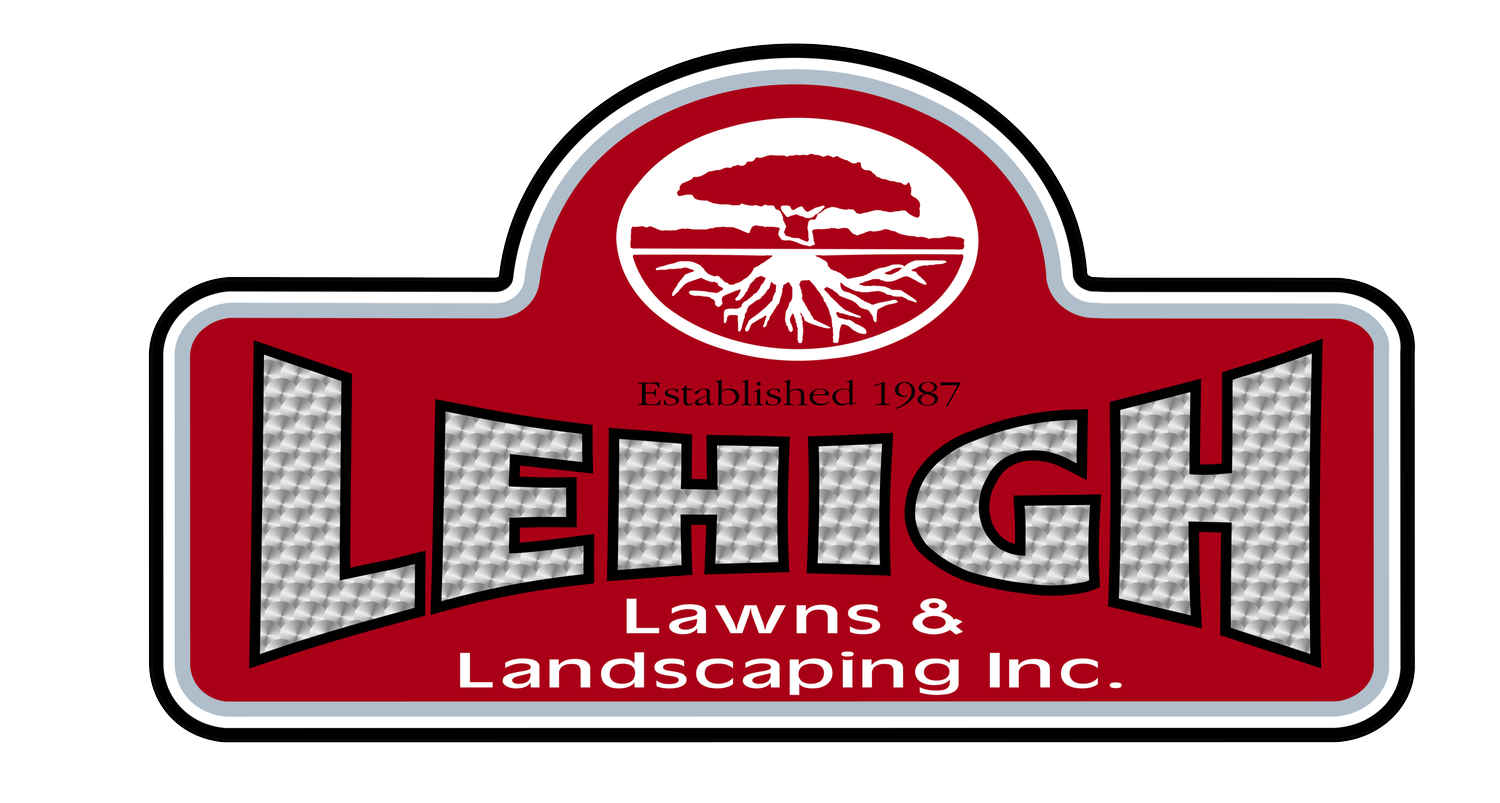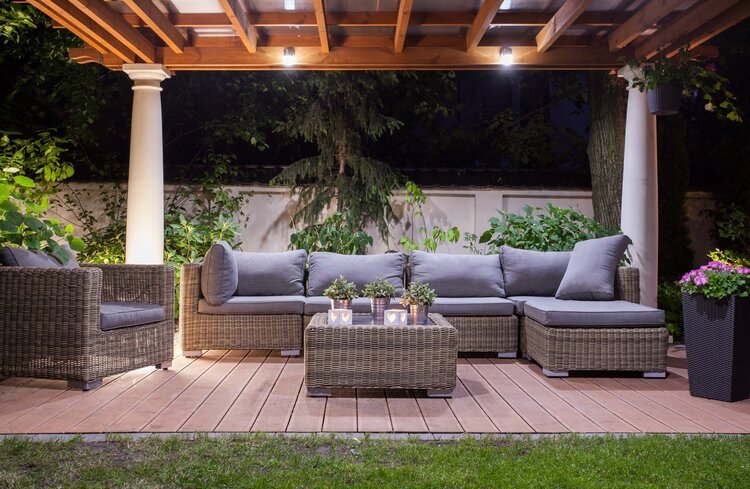How to Make a Retaining Wall a Fitting Part of Your Patio Design in Poughkeepsie, NY
A retaining wall is designed to prevent erosion, but it can also become a design statement. In this article we’ll explore the ways how to make a retaining wall a fitting part of your patio design in Poughkeepsie, NY. You’ll wonder how you did without it for so long… even if you have a flat property!
One of the most expensive and frustrating problems a homeowner can have is erosion. Erosion can lead to structural damage, landscape damage, unwanted debris and pooling water.
But apart from this, a retaining wall can do wonders to enhance your space.
If your property is sloped, adding a retaining wall - or a system of terraces - will add usable space for a patio expansion such as a fire pit area. You could even incorporate built-in seating along the wall, amphitheater style, creating a cozy fireside area with amazing views.
A retaining wall can also add an air of elegance to your patio space. You can incorporate not only seating, but water features such as Roman faucets or even niches for small statues or found objects.
Practical considerations for adding a retaining wall include the ability to integrate landscape lighting right into the masonry, usually just below the cap stone (or, in spaced intervals such as you’d see with sconces). Stand-alone light fixtures can become glaring interruptions in an otherwise elegant landscape. One way to rectify the need for light without creating a busy landscape is to integrate them within your retaining wall. Light-emitting diode fixtures are the way to go - they offer almost unlimited adjustability and you can customize them to create exactly the mood you want in your outdoor space.
Retaining walls are most commonly made of either natural stone or concrete blocks clad in a natural stone or manufactured stone veneer. Natural stone walls are wonderful, character-filled structures. Stone walls are typically not engineered to hold back vast amounts of soil, so they are best suited for low retaining walls (less than three feet high).
Concrete block retaining walls faced with a natural stone or manufactured stone veneer are capable of withstanding much greater forces, and therefore they are often the material of choice for taller retaining walls.
Either way, a retaining wall can utilize materials that complement the space - either matching other materials or complementing them; or, if you want to make a bold statement, contrasting them. In other words, you have the choice of creating a unified look, or treating your retaining wall as a bold focal point with its own character.
In modern landscape design, anything goes!
To keep a space looking tied together even if you are using different materials, keep the color choices down to three or less. A light-grey patio surface could look amazing next to a mid-tone grey retaining wall; and both could feature a band of dark grey bricks which visually tie the horizontal and vertical structures together. Any more than three colors could lead to a visually busy space.
Consider textures, too. Many designs will feature contrasting textures, such as a smooth-textured paver surface and a rough, rustic-textured retaining wall (a stacked flagstone texture in particular pairs exceptionally well with smooth pavers). Interestingly, a smooth-textured retaining wall doesn’t look as good with textured flagstone-inspired pavers as it does with smooth pavers. The best pairing is often smooth pavers and a textured wall.

